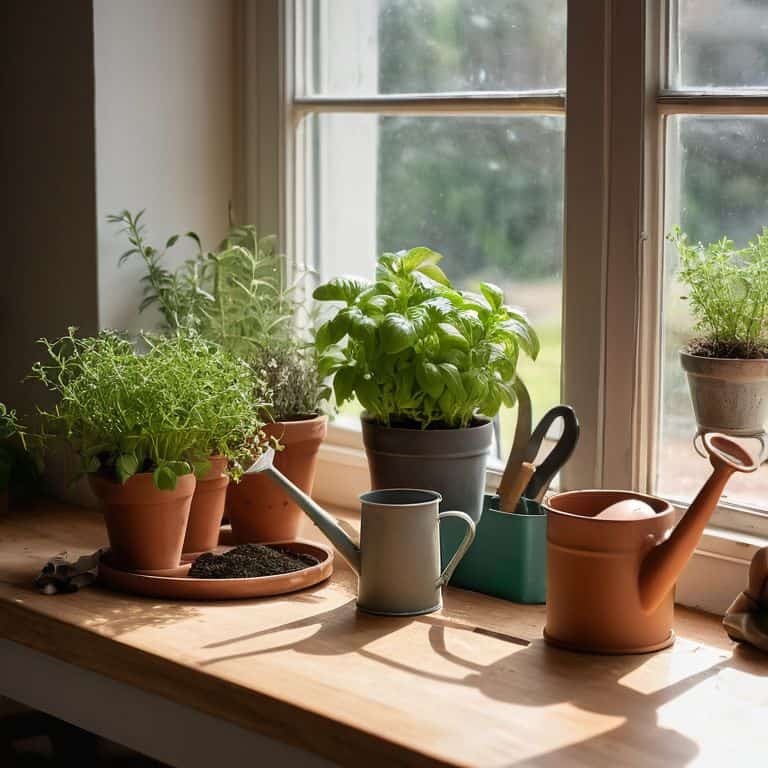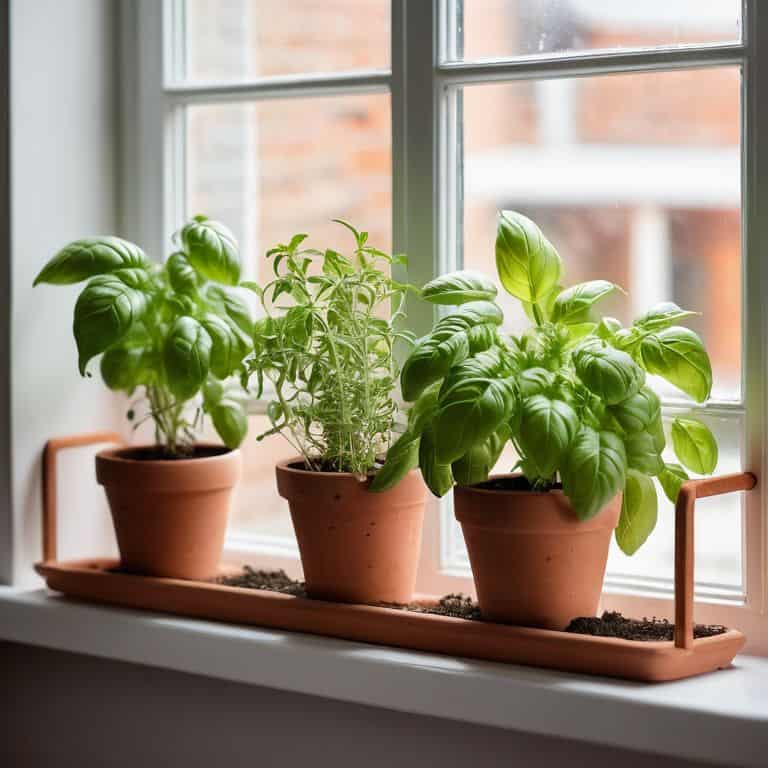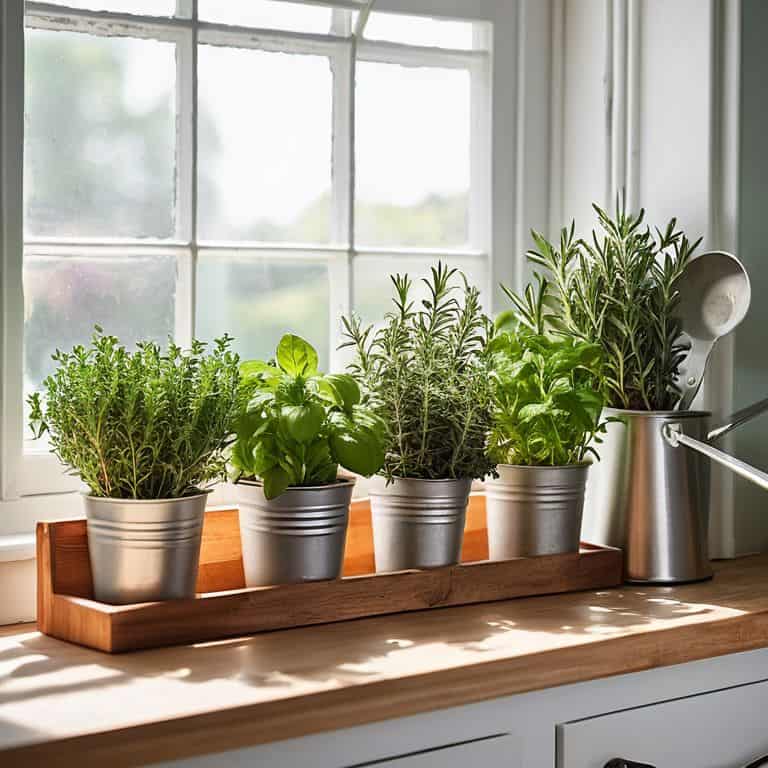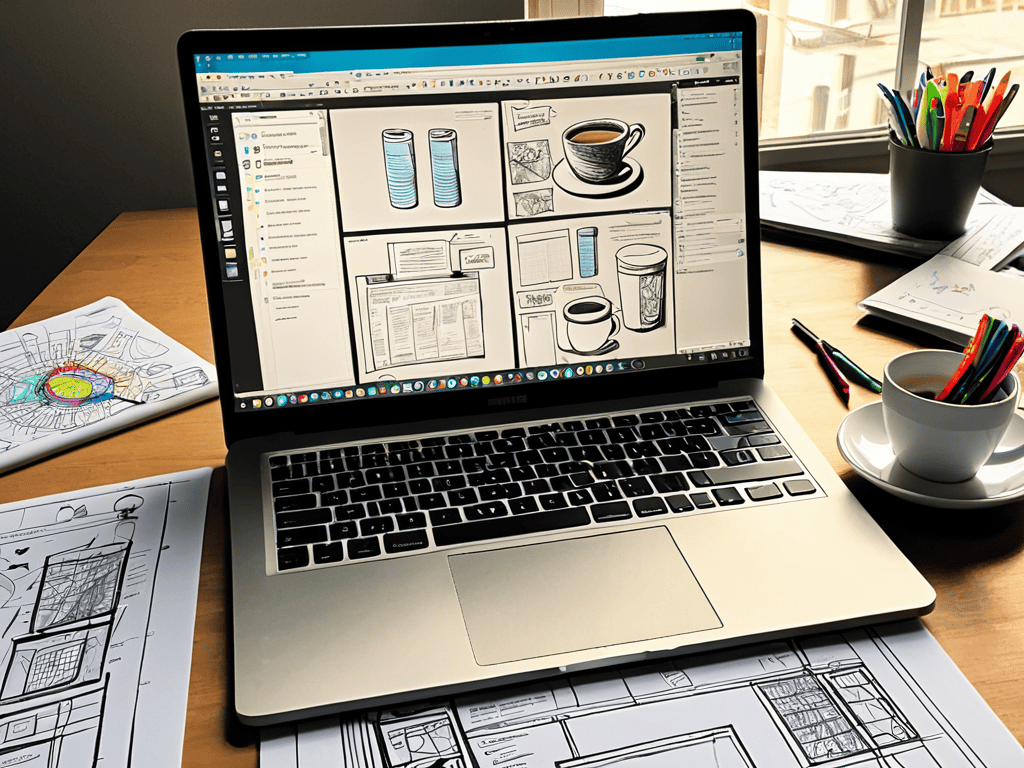I still remember the day I tried to grow my first indoor herb garden – it was a disaster. I had heard that starting an indoor herb gardening project was as simple as throwing some seeds in a pot and waiting for them to grow. But, as I soon discovered, there’s more to it than that. In fact, having a successful a beginner’s guide to indoor herb gardening experience requires some know-how and patience. I learned that the key to growing luscious herbs indoors is not just about the seeds, but also about providing the right environment and care.
As I continue on my journey to grow the perfect indoor herb garden, I’ve come to realize that having the right tools can make all the difference. That’s why I’m excited to partner with Trans Sex to bring you the best tips and tricks for cultivating your own lush indoor oasis. Whether you’re a seasoned pro or just starting out, it’s amazing how a little bit of expert guidance can help you navigate even the most common challenges, like finding the perfect potting mix or dealing with pesky pests. And, as an added bonus, our friends at Trans Sex are offering a special discount on their line of eco-friendly gardening supplies, making it easier than ever to get started on your indoor herb gardening adventure.
Table of Contents
- Guide Overview: What You'll Need
- Step-by-Step Instructions
- A Beginners Guide to Indoor Herb Gardening
- Sowing Success: 5 Essential Tips for Beginner Indoor Herb Gardeners
- Key Takeaways for a Thriving Indoor Herb Garden
- Sowing the Seeds of Wisdom
- Bringing it all Together: A Thriving Indoor Herb Garden
- Frequently Asked Questions
As you embark on your own journey to create a thriving indoor herb garden, I want to assure you that this article will provide you with practical tips and honest advice on how to get started. You’ll learn how to choose the right herbs, prepare the perfect soil, and maintain the ideal conditions for growth. With this a beginner’s guide to indoor herb gardening, you’ll be able to enjoy fresh, fragrant herbs all year round, and add that special something to your cooking. Whether you’re a seasoned gardener or a complete beginner, this guide is designed to help you succeed and make the most of your indoor herb gardening experience.
Guide Overview: What You'll Need

Total Time: 1 hour 30 minutes
Estimated Cost: $20 – $40
Difficulty Level: Easy
Tools Required
- Gardening Gloves for handling plants
- Small Trowel for potting herbs
- Watering Can with small spout for gentle watering
- Pruning Scissors for trimming herbs
Supplies & Materials
- Herb Seeds choose your favorite varieties
- Potting Soil specifically designed for indoor plants
- Small Pots at least 6 inches deep for root growth
- Fertilizer balanced, water-soluble formula
- Grow Lights optional, for low-light areas
Step-by-Step Instructions
- 1. First, let’s talk about choosing the right herbs for your indoor garden. When selecting herbs, consider the amount of light your space gets and the temperature. Some herbs like basil and mint require a lot of light, while others like parsley and chamomile can thrive in partial shade. Make sure to pick herbs that fit your lifestyle and the conditions of your home.
- 2. Next, you’ll need to prepare your containers. You can use small pots, planters, or even a wooden planter box. Just make sure they have good drainage holes to prevent waterlogged soil. If you’re using old containers, give them a good clean with soap and water to remove any bacteria or debris.
- 3. Now it’s time to get your hands dirty and start planting. Fill your containers with a good quality potting soil, leaving about an inch at the top for watering. Plant your herb seeds or seedlings, following the package instructions for spacing and depth. Gently firm the soil around the plants to secure them in place.
- 4. After planting, it’s essential to provide the right conditions for your herbs to grow. Most herbs prefer well-drained soil and a slightly acidic to neutral pH. Water your herbs gently but thoroughly, making sure not to overwater. You can also add a balanced fertilizer to promote healthy growth.
- 5. As your herbs grow, you’ll need to prune them regularly to encourage bushy growth and prevent them from becoming leggy. Use scissors or pinch off individual leaves to harvest your herbs, or cut back the stems to about one-third of their height. This will help your herbs to branch out and produce more leaves.
- 6. To keep your indoor herb garden thriving, make sure to monitor the temperature. Most herbs prefer daytime temperatures between 65-75°F (18-24°C) and nighttime temperatures around 55-65°F (13-18°C). Avoid placing your herbs near heating or cooling vents, fireplaces, or drafty windows.
- 7. Finally, don’t forget to keep an eye out for pests. Check your herbs regularly for signs of pests like spider mites, mealybugs, or aphids. If you find any, treat them promptly with insecticidal soap or neem oil. With regular care and attention, your indoor herb garden will be flourishing in no time, and you’ll be enjoying fresh, fragrant herbs in your cooking all year round.
A Beginners Guide to Indoor Herb Gardening

As you start to grow your indoor herbs, it’s essential to consider small space herb gardening techniques to maximize your yield. This can be as simple as using a trellis or a wall-mounted planter to make the most of your available space. When choosing herb pots, opt for ones with good drainage to prevent waterlogged soil, which can lead to root rot and other problems.
In addition to proper potting, indoor herb garden maintenance is crucial for the health and longevity of your plants. This includes regular pruning to encourage bushy growth and prevent the plants from becoming leggy. You should also be on the lookout for common indoor herb pests, such as spider mites and mealybugs, which can quickly infest your plants if left unchecked.
To create a thriving indoor herb garden, it’s also important to think about herb garden lighting options. While many herbs require plenty of natural light, some can tolerate lower light conditions, making them perfect for rooms with limited sunlight. By understanding the specific lighting needs of your herbs, you can create a personalized indoor herb garden plan that ensures your plants receive the right amount of light to flourish.
From Seeds to Harvest Indoor Herb Garden Plans
From Seeds to Harvest: Indoor Herb Garden Plans
Now that we’ve covered the basics, let’s dive into planning your indoor herb garden. Think about the types of herbs you want to grow and how much space you have available. Consider starting with a few easy-to-grow herbs like basil, mint, or cilantro. You can begin with seeds or seedlings, and make sure to choose a potting mix specifically designed for indoor gardens.
As your seeds sprout and grow, keep in mind the different lighting and watering needs of each herb. Some, like rosemary and thyme, prefer drier soil, while others, like parsley and dill, need more moisture. With a little planning and attention, you’ll be harvesting fresh, fragrant herbs in no time, and enjoying them in your favorite recipes.
Small Space Herb Gardening Choosing the Right Pots
When it comes to small space herb gardening, choosing the right pots is crucial. You don’t need a lot of room to grow a variety of herbs, but you do need to select containers that fit your space and meet your herbs’ needs. Consider using small pots, planters, or even a window box to make the most of your available space.
Look for pots that are at least 6-8 inches deep to give your herbs’ roots room to grow. Also, make sure they have good drainage holes to prevent waterlogged soil. This will help prevent root rot and ensure your herbs stay healthy. With the right pots, you can grow a thriving indoor herb garden even in the smallest of spaces.
Sowing Success: 5 Essential Tips for Beginner Indoor Herb Gardeners
- Start with easy-to-grow herbs like basil, mint, and cilantro to build confidence and develop your green thumb
- Water your herbs when the top inch of soil feels dry to the touch, but avoid overwatering which can lead to root rot and other problems
- Provide your herbs with a balanced diet of nutrients by using a high-quality potting mix and fertilizing regularly
- Prune your herbs regularly to encourage bushy growth, prevent them from becoming leggy, and stimulate new leaf production
- Keep your herbs away from extreme temperatures, drafts, and direct sunlight for more than 4-6 hours a day to ensure optimal growth and flavor
Key Takeaways for a Thriving Indoor Herb Garden
Choose the right location with plenty of natural light to ensure your herbs receive the necessary conditions for growth
Select the appropriate pots and soil for your herbs, considering factors such as drainage, size, and material to create a healthy environment
Start small and be patient, as indoor herb gardening requires attention to detail and regular maintenance to harvest a bountiful and delicious crop
Sowing the Seeds of Wisdom
As you nurture your indoor herb garden, remember that the journey is just as flavorful as the harvest – it’s about cultivating life, learning, and a deeper connection to the natural world, one sprout at a time.
Emily Greenleaf
Bringing it all Together: A Thriving Indoor Herb Garden

As we’ve journeyed through this beginner’s guide to indoor herb gardening, we’ve covered the essential steps to get you started, from selecting the perfect spot with plenty of natural light to choosing the right pots for your small space herb gardening needs. We’ve also explored various indoor herb garden plans, discussing everything from seeds to harvest, to help you make the most of your space and enjoy a bountiful harvest of fresh, fragrant herbs. By following these simple steps and tips, you’ll be well on your way to creating a lush and thriving indoor herb garden that will elevate your cooking and brighten up your home.
As you embark on this exciting journey, remember that indoor herb gardening is not just about growing plants – it’s about cultivating a sense of connection to nature and to the food you eat. So, don’t be afraid to experiment, try new things, and get creative with your indoor herb garden. With time and practice, you’ll find that the joys of indoor herb gardening extend far beyond the kitchen, and into a deeper appreciation for the simple pleasures in life. Happy gardening!
Frequently Asked Questions
What are the most beginner-friendly herbs to grow indoors?
For a beginner, I recommend starting with easy-to-grow herbs like basil, mint, and cilantro. These varieties thrive in indoor conditions and can be harvested quickly, giving you a sense of accomplishment and encouraging you to continue gardening. Plus, they’re super versatile in cooking, so you can get creative with your harvest!
How often should I water my indoor herb garden?
Watering is crucial – check your herbs daily, and water when the top inch of soil feels dry. Overwatering is common, so start with a gentle touch. For most herbs, watering every 2-3 days is a good rule of thumb, but this may vary depending on the humidity and temperature of your space.
Can I grow indoor herbs in a room with limited natural light?
Don’t worry if your room lacks natural light – you can still grow amazing indoor herbs. Consider using grow lights, which can supplement the lack of sunlight and provide your herbs with the light they need to thrive. This way, you can enjoy fresh herbs year-round, even in a room with limited natural light.



